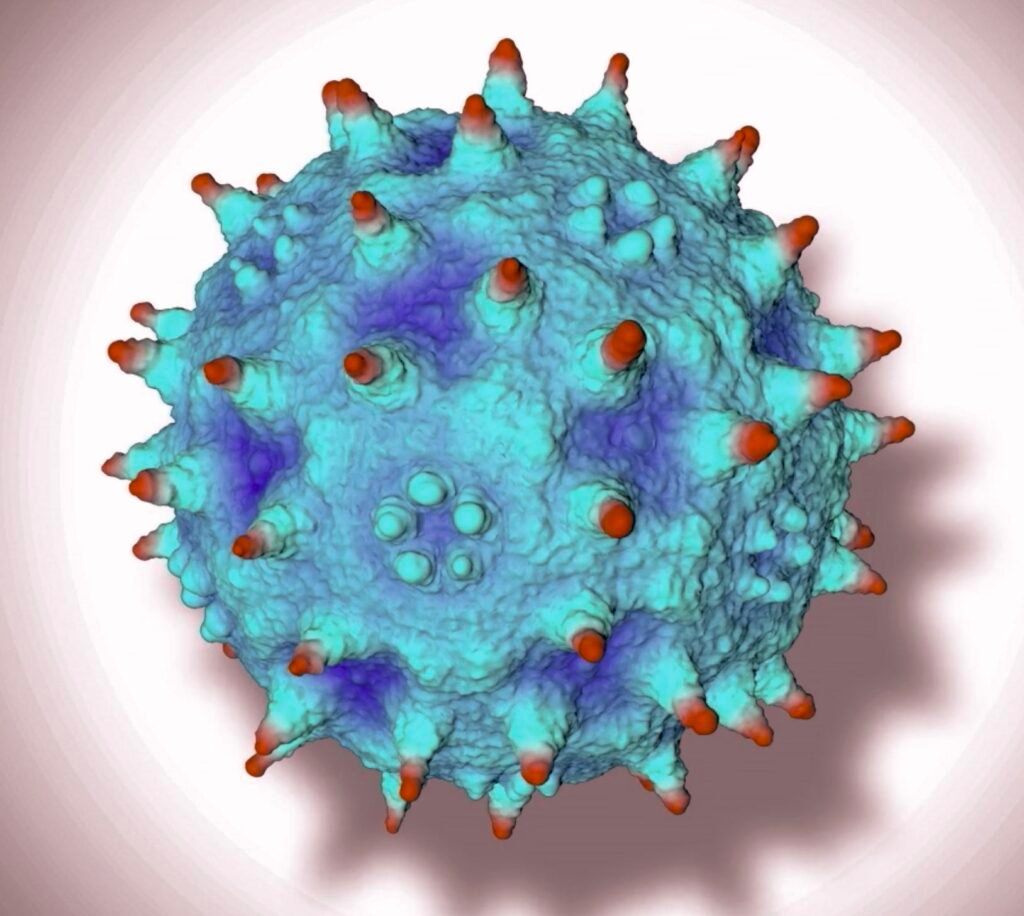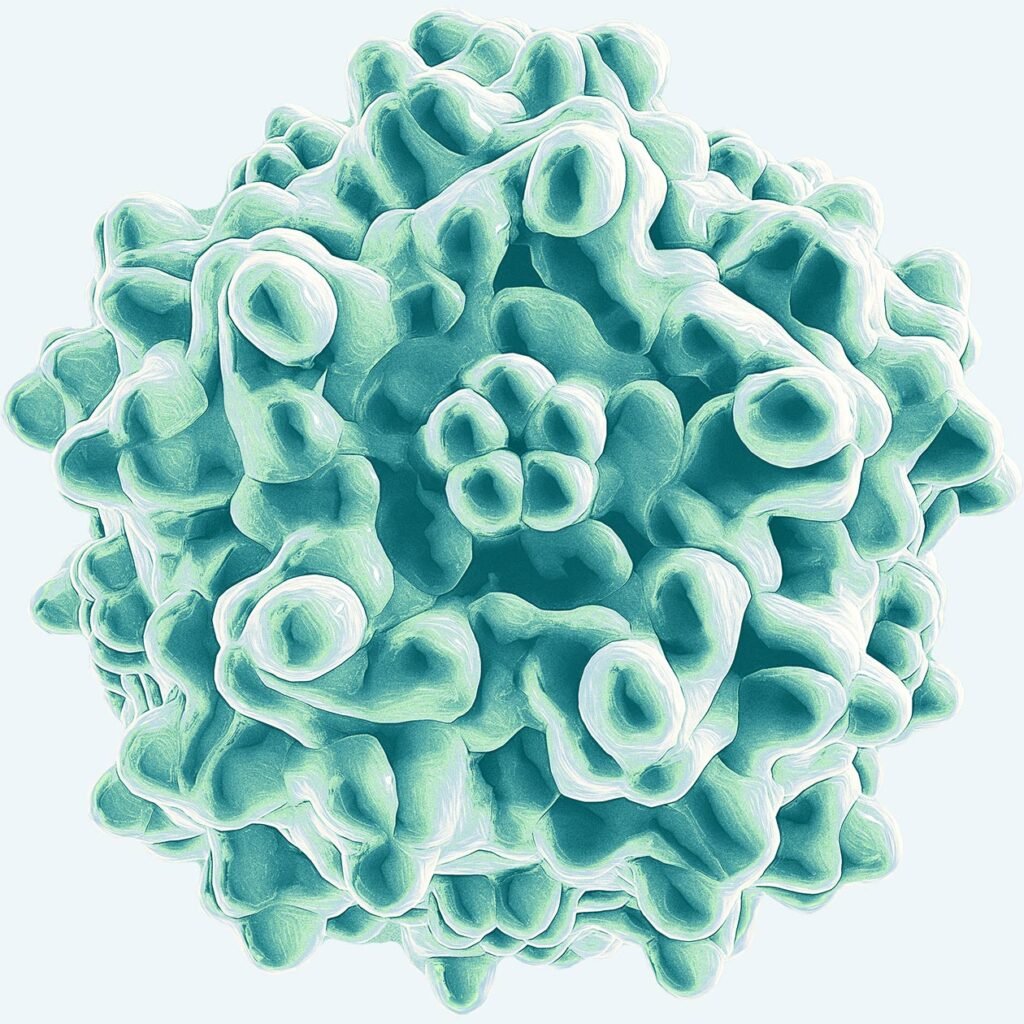Gene therapy using adeno-associated viruses (AAVs) has shown significant promise in treating various genetic disorders. However, traditional AAV capsids, such as AAV9, face limitations, especially for larger genes like OGT, the gene implicated in OGT-XLID (aka OGT-CDG). For families and researchers working towards finding a treatment for OGT-XLID, it is crucial to explore advanced AAV technologies that can efficiently deliver gene therapies across the blood-brain barrier (BBB) while ensuring broad tissue targeting and minimizing side effects.
Challenges with AAV9 and the OGT Gene

The OGT gene is large, and traditional AAV9 capsids are not sufficient for effectively delivering a therapeutic version of this gene.
The OGT gene, which encodes the enzyme O-GlcNAc transferase, is indeed considered large for gene therapy vectors like AAV because of the constraints on the size of the genetic payload these vectors can carry.
• Size of the OGT Gene: The OGT gene itself spans about 130,000 base pairs (130 kb), although the coding sequence (the part that encodes the actual protein) is smaller but still quite large. The full-length OGT coding sequence is 3.7-4.2 kb.
• Why is OGT Considered Large for AAV? AAV vectors have a limited carrying capacity, generally able to accommodate up to 4.7-5.0 kb of genetic material, including necessary regulatory sequences such as promoters. With OGT’s coding sequence already at 3.7-4.2 kb, adding the required regulatory elements (such as promoters, enhancers, and polyadenylation signals) often pushes the total payload size above the vector’s capacity. This makes it challenging to package the entire functional OGT gene within the limits of traditional AAV vectors like AAV9.
In gene therapy, payload size is crucial because exceeding the AAV’s capacity can lead to inefficient packaging and poor delivery. That’s why OGT is often referred to as “too large” for traditional AAV vectors.
Promising AAV Capsid Technologies: Voyager and Dyno Therapeutics
Two biotech companies, Voyager Therapeutics and Dyno Therapeutics, are pushing the boundaries of AAV capsid engineering with next-generation technologies that could revolutionize gene therapy for disorders like OGT-XLID.

1. Voyager Therapeutics: TRACER™ Platform
Voyager Therapeutics has developed an AAV variant called 9P801, which is part of their TRACER™ (Tropism Redirection of AAV by Cell-type-specific Evolution in vivo RNA) platform. The TRACER platform uses in vivo capsid evolution to create variants that can cross the BBB more efficiently and achieve higher central nervous system (CNS) transduction. In preclinical studies using non-human primates, 9P801 demonstrated significantly improved brain distribution and transgene expression compared to AAV9, even at lower doses. The improved delivery also results in fewer off-target effects in the liver and dorsal root ganglia (DRG), areas commonly affected by older AAV vectors.
TRACER capsids hold significant potential for diseases requiring efficient CNS gene delivery, such as OGT-XLID, where precise targeting and reduced side effects are key. You can read more about this promising technology in Voyager’s official poster summary.
2. Dyno Therapeutics: AI-Designed Capsids

Dyno Therapeutics takes a unique approach, using AI-driven capsid design to engineer AAVs optimized for specific tissues. Their capsid, bCap1, has shown exceptional performance in preclinical studies, delivering a 100-fold increase in brain transduction efficiency compared to AAV9, while simultaneously reducing off-target liver transduction by 10 times. This technology represents a significant leap forward in terms of precision and efficacy, particularly for neurological disorders, where targeting brain cells without affecting other tissues is essential. For OGT-XLID, this could mean a more effective delivery of the large OGT gene to brain cells, minimizing side effects.
Dyno’s AI-driven approach is cutting-edge, addressing limitations of older generation AAVs with enhanced tissue targeting and reduced side effects. You can explore more about Dyno’s bCap1 capsid here.
Moving Towards a Solution
Both Voyager’s TRACER platform and Dyno’s AI-engineered capsids represent exciting advancements that could address the challenges of delivering a therapeutic gene for OGT-XLID. These novel capsids provide superior CNS transduction efficiency and reduced off-target effects, making them strong candidates for future gene therapies aimed at this rare genetic disorder.
For researchers and families advocating for OGT-XLID treatments, staying informed about these innovations is crucial. As these technologies continue to evolve, they bring hope for more effective and targeted therapies that could change the course of rare genetic diseases like OGT-XLID.

